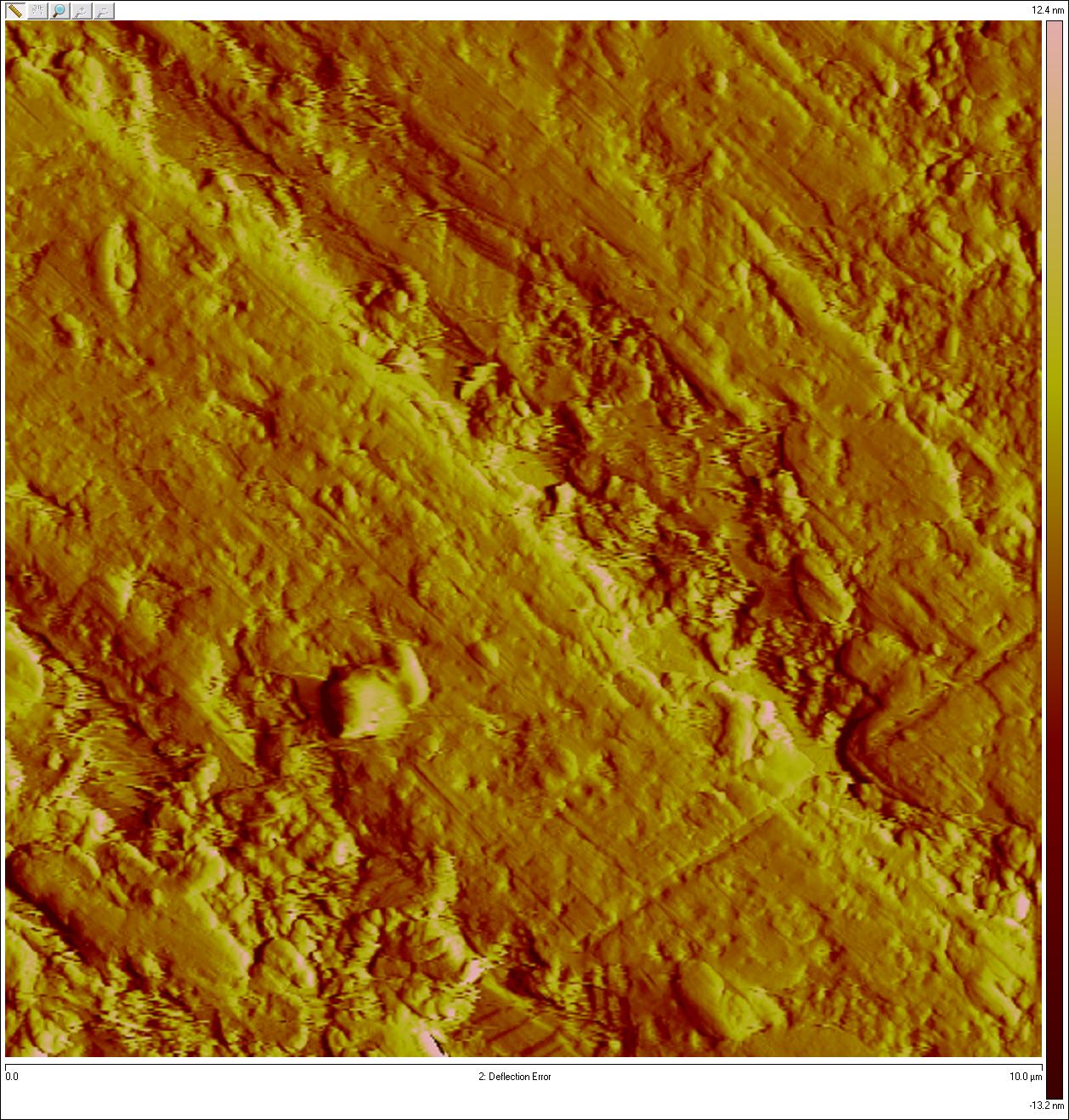Micromechanics studies materials that are heterogeneous at microscale. They can be both man-made (composites, metals, coatings, foams) and naturally occurring (cracked or porous rocks, ice, bone). Perhaps, the most important class of heterogeneous materials is a matrix composite – a continuous matrix containing various inhomogeneities (pores, microcracks, fibers, foreign particles). Another important class is given by polycrystalline aggregates (such as metals) consisting of crystallites of identical properties but diverse orientations. The goal of micromechanics is to relate the physical behavior (mechanical, thermal, electrical, etc) to “microstructure” - properties and geometrical arrangement of the constituents.
Activity of Micromechanics Research Center at NMSU is driven, to large extent, by the needs of applied science. The spectrum of our research spread from bioengineering to additive manufacturing. It is currently supported by grants from NSF, NIH, NASA, USDA, DOE. Every year students and faculty members of the Center publish tens of research papers in leading professional journals. We collaborate with scientists from the entire world. Most of our alumni presently hold research and faculty positions in different universities and research centers. Many of them continue collaboration with NMSU.
The science of micromechanics started in the first half of the 19th century, in connection with calculation of the effective conductivity of a material with inhomogeneities; it has now grown into a large field and continues to grow. We have many research positions for graduate and undergraduate students in our Center.





